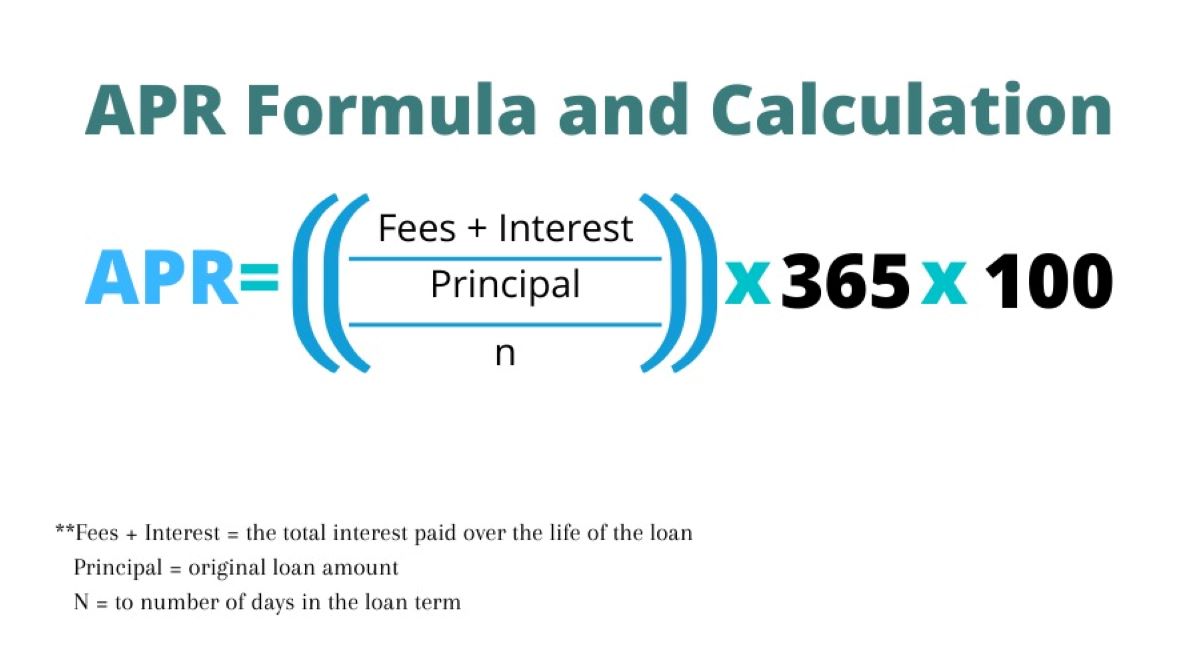

Finance
Greenshoe Option Definition
Published: December 2, 2023
Learn about the finance term "greenshoe option" and its definition. Discover how it impacts the stock market and investment strategies.
(Many of the links in this article redirect to a specific reviewed product. Your purchase of these products through affiliate links helps to generate commission for LiveWell, at no extra cost. Learn more)
Understanding Greenshoe Option Definition: A Powerful Tool in Finance
When it comes to the world of finance, there are numerous terms and concepts that can be confusing to navigate. One such term, the Greenshoe Option, is frequently used in the context of IPOs (Initial Public Offerings) and can significantly impact the success of these offerings. In this blog post, we will explore the Greenshoe Option definition in detail, its significance in the finance industry, and how it can benefit both companies and investors.
Key Takeaways:
- The Greenshoe Option, also known as an overallotment option, is a provision that allows underwriters in an IPO to sell additional shares to stabilize the stock price.
- This option provides flexibility to manage market demand and mitigate potential losses.
Before we dive into the Greenshoe Option definition, let’s first understand the concept of an IPO. An IPO is a milestone for a company, marking its transition from being privately held to publicly traded. During an IPO, the company sells its shares to the public for the first time, allowing individuals and institutional investors to become shareholders. This process typically involves an underwriting syndicate, consisting of investment banks, which help the company in executing the IPO smoothly.
Now, let’s explore the Greenshoe Option definition. The Greenshoe Option allows the underwriters to buy additional shares from the company at the initial offering price, usually within 30 days of the IPO. These additional shares act as a cushion for stabilizing the stock’s price during the initial trading period. This option derives its name from the Green Shoe Manufacturing Company, the first company to use this technique in an IPO in 1960.
Here’s how the Greenshoe Option works:
- Underwriters assess market demand during the IPO.
- If the demand exceeds the expected level, the underwriters can exercise their Greenshoe Option and purchase extra shares from the company.
- The underwriters then sell these additional shares in the market, providing a seamless supply to meet the increased demand.
- If the stock price falls below the offering price, underwriters can repurchase shares at a lower price and cover their short position, reducing potential losses.
The Greenshoe Option serves several important purposes:
- Stabilizing the stock price: By providing additional shares for sale, the Greenshoe Option helps maintain a stable stock price during the initial trading period, preventing excessive price volatility.
- Meeting market demand: If the demand for the stock exceeds the initial offering, the underwriters can exercise the Greenshoe Option to satisfy that demand without negatively affecting the company or the existing shareholders.
- Managing risk: The Greenshoe Option allows underwriters to manage their risk by covering short positions in case the stock price declines after the IPO.
In conclusion, the Greenshoe Option is a powerful tool in finance, primarily used in IPOs to stabilize stock prices, meet market demand, and manage risk. It offers flexibility to underwriters and benefits both companies and investors. Understanding this concept is crucial for anyone involved in the finance industry and can greatly impact investment decisions. As the finance world continues to evolve, keeping abreast of such concepts becomes increasingly important.














